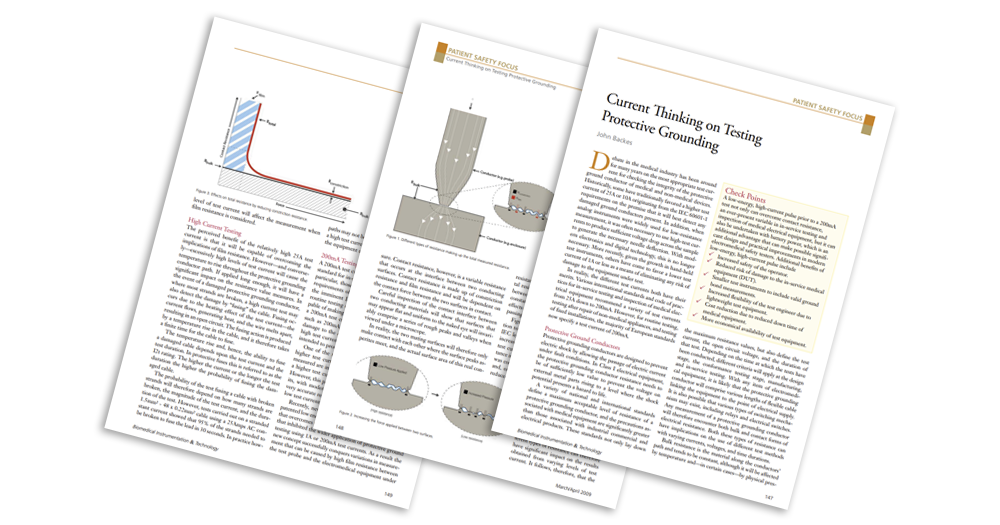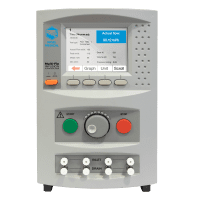Whitepaper on Testing Protective Earthing
Welcome to Rigel Medical where we have been pioneers of biomedical testing and measurement equipment for over 38 years.
We have produced a free guide to testing protective earthing as a guideline for people involved in in-service testing and inspection of medical electrical equipment.
Fill out the form on this page to download the guide to understand protective earth testing at different stages of a products lifecycle and the advantages/disadvantages of 25A and 200 mA test currents.
What is in Rigel Medical’s free guide to Testing protective earthing?
History
An overview of 25A test currents and its current relevance in recurrent testing
Protective earth conductors
Bulk and contact forms of electrical resistance in protective earth contacts
High current testing
High levels of test current have the potential to cause damage, but it does help overcome film resistance
Low current testing
The 200mA test current is rapidly becoming the norm for in-service testing and testing after repair
Low-energy, high current pulse testing
Unique to Rigel medical. A low-energy, high-current pulse prior to a 200mA test that has benefits of both low and high current testing.
Download Guide
Please complete the form to download the guide.
"*" indicates required fields



















